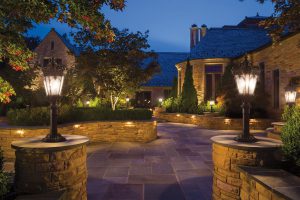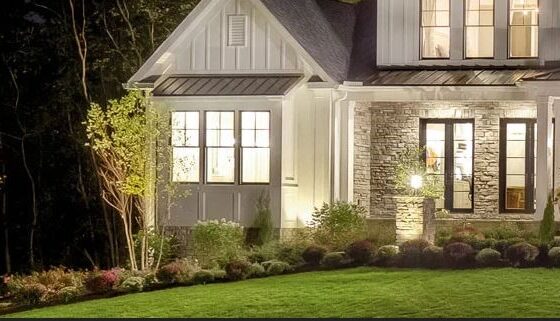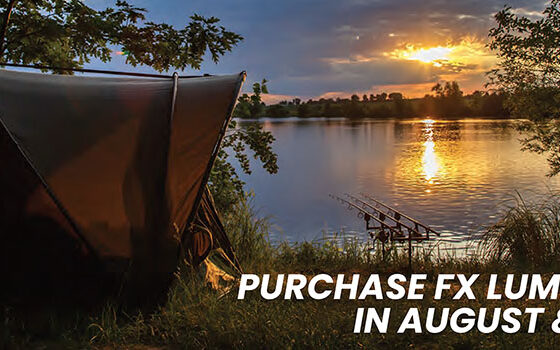 Color temperature is a way to describe the light appearance provided by a light bulb (lamp). It is measured in degrees of Kelvin (K) on a scale from 1,000 to 10,000. Commercial and residential lighting (interior) applications generally fall between 2000K and 6500K. (Source: Westinghouselighting.com)
Color temperature is a way to describe the light appearance provided by a light bulb (lamp). It is measured in degrees of Kelvin (K) on a scale from 1,000 to 10,000. Commercial and residential lighting (interior) applications generally fall between 2000K and 6500K. (Source: Westinghouselighting.com)
Fundamentally, when lighting designers know the Kelvin temperature of a lamp or integrated fixture, it tells them what the color of light is that’s emitting from that light source. Is it more yellowish, incandescent looking (2,200 – 2,700K)? Or, is it a crisp, white light (3,000 – 3,900K)? Is it a more stark bluish white light (4000+)? Each of these light sources has a purpose and a place in the landscape lighting realm. However, it’s important that the designer/specifier know which one looks best based on what it’s illuminating.
Warm Colors and Harsh Hues
A general rule of thumb is that warmer colored objects look better when illuminated with warmer colored light. Red/orange/yellow/taupe (warmer) look best when illuminated in warmer white light (2,200 – 2,700 Kelvin). Green/blue/violet/grey (cooler) look best when illuminated in cooler white light (3,000 – 3,900 Kelvin). The light that reflects off a full moon is generally around 4,150K, and it has a harsher/bluer hue to it. If you want to mimic moonlight, you might want to select a 4,000K lamp. If you’re down lighting a patio where people, food and white linens may be present that 4,000+ Kelvin temps can make food and linens look dingy and human skin look like a corpse. Use warmer light in areas used for dining and seating.
In the early 2000’s, researchers at Nichia Chemical and two universities in Japan developed a way to use high powered blue LEDs to produce projection light sources. By applying thin coats of phosphor on top of the blue LEDs, they could produce white light. This revolutionized the lighting world and allowed for LEDs to move into the main stream as an illumination source. The researchers were awarded the Nobel Prize in Physics in 2014.
Controlling Kelvins
Manufacturers can control the Kelvin temperature of a diode by how many thin layers of phosphor are applied. Phosphor is yellow in color, and the more layers that are applied, the warmer the light. LEDs in the 2700K range are about 10% dimmer than 3000K and 20% dimmer than 4000K LEDs. This is to be expected due to the additional layers of phosphor.
In landscape lighting 2,700K and 3,000K are the most commonly used color temperatures. If ever in doubt about which one to choose, go with 3,000K. If you find that you need a warmer light you can achieve that by adding an amber lens to the 3,000K fixture or lamp. This will produce a warmer light. Lastly, it’s common to use both Kelvin temps on the same job as you are selecting the color of light based on what you’re illuminating. If you’re lighting a tan paver patio use 2,700K. If you’re lighting a blue spruce then use 3,000K minimum and you may want to consider 4,000K to really enhance to blue color of the needles.












